Did bringing back the hijab in Iran actually help feminism?
It’s counterintuitive – we all know enforcing any kind of clothing upon women is wrong and sexist and unfair. But experts believe Iran's case is more complex...
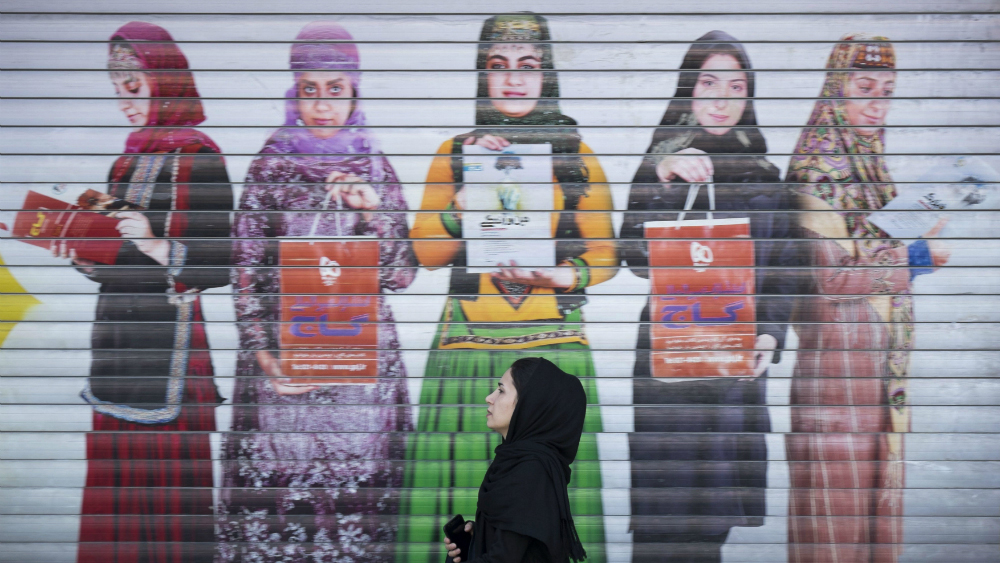
It’s counterintuitive – we all know enforcing any kind of clothing upon women is wrong and sexist and unfair. But experts believe Iran's case is more complex...
You might have seen it on the news. Stories about women across Iran cutting off their hair and dressing as men in order to wander the streets freely – rather than being hit with fines and punishment from the so-called ‘morality police’ who enforce wearing the hijab. Tales of girls sneaking into sports games which are supposed to be ‘men-only’. Tehran-based models posting pictures on social media with their hair down. Campaigns for female tourists to reject the headscarf and let their own manes fly loose. Support for women who want to escape unhappy marriages. Women taking risks to obtain a level of freedom that shouldn’t be dangerous in the first place.
At the same time, Iranian women are becoming some of the most highly educated in the whole world (the first woman to ever win the Nobel Peace Prize was Shirin Ebadi, a former-judge from Hamadan). Similarly, Rakhshan Bani-E'temad , Manijeh Hekmat, and Tahmineh Milani are all hugely successful film directors – covering women’s rights in their movies, and winning numerous awards inside and outside Iran. Newsha Tavakolian is a leading Iranian photographer, documenting women’s struggles in depth.
Historically, it’s really interesting. The common belief is that women in Iran were emancipated during the 1900s – women were suddenly banned from wearing the hijab in public, and co-educational schools were enforced for all children. Then, during the Islamic Revolution of 1979, all of that progress was undone – the hijab was enforced again, and schools were separated, erasing all of the equality that had been imposed over the last 100 years.
But now academics, such as the Iranian-born Nina Ansary, believe that actually, the situation is much more nuanced than that – and in fact, by enforcing the hijab again, the Islamic Revolution gave rise to an incredibly powerful feminist movement of highly-educated women in Iran.
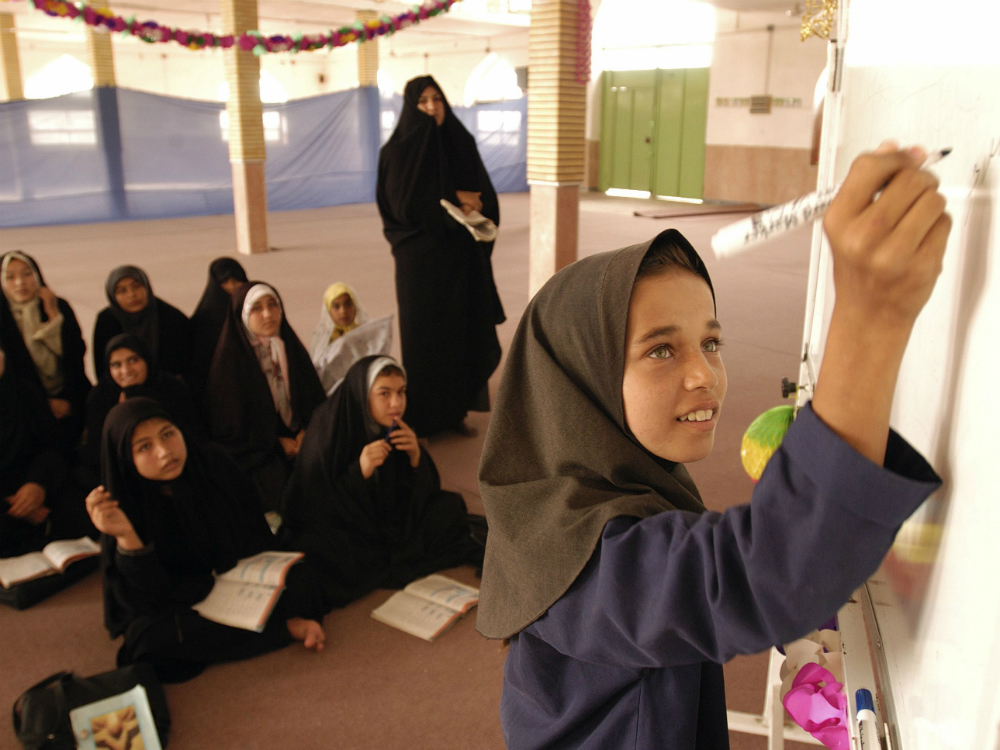
Yep, Ansary argues that when the country enforced co-educational schools in the early 1900s, it was way too fast – and meant that religious families refused to send their daughters to school at all, and even in many cases wouldn’t let them leave the house because of the sudden ban on hijabs. Then, when the rules were switched over, all women and girls may have had to wear hijabs again, but they also suddenly got to go to school for the first time – and the impact of that level of education has been incredible.
‘While [the Islamic Revolution] resulted in the overnight transformation of Iranian society – including a profound loss of women’s rights – the consequences of the war in Iraq (which enabled women to perform roles outside the home) and single-sex education (which enabled rural and religious girls to attend school and thrive) produced a shift in gender consciousness,’ explains Ansary. ‘Young women who had previously been confined to their homes experienced a degree of freedom and self-determination that would prove life-changing for many.’
Marie Claire Newsletter
Celebrity news, beauty, fashion advice, and fascinating features, delivered straight to your inbox!
‘Regardless of perilous consequences, Iranian women continue to pursue their rights,’ adds Ansary. ‘Despite the barriers to women’s rights in the realms of sexuality, academia, free speech, family life and employment, women (and men) continue to defy the powers-that-be in Iran.’
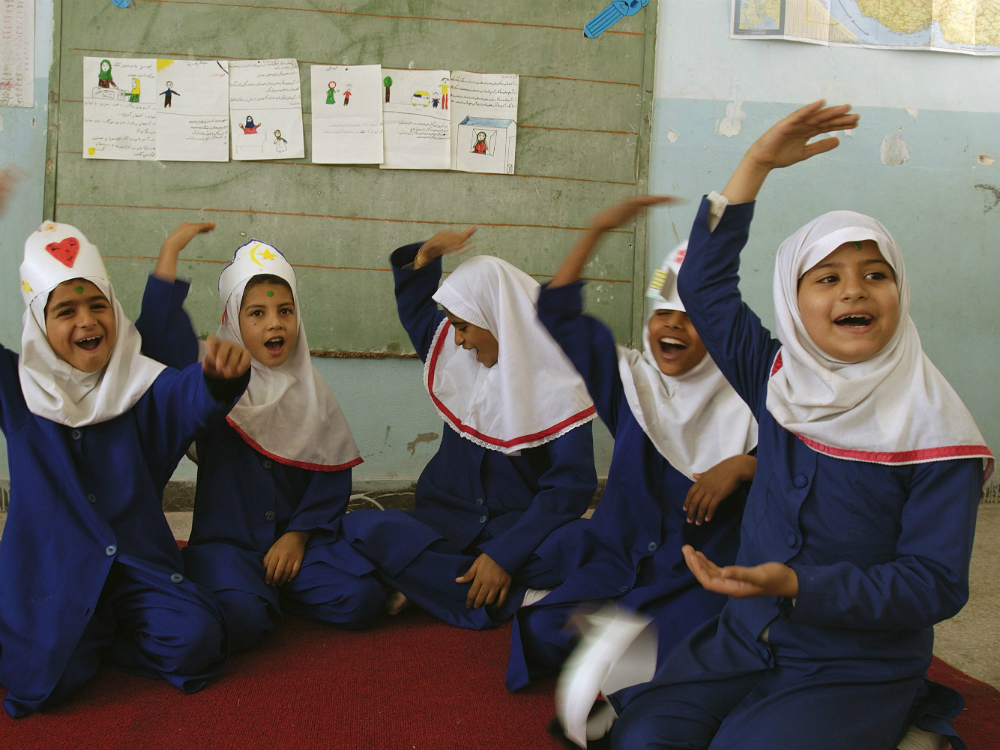
Four Iranian women you need to know about – but probably haven't yet
Masih Alinejad, 40
Journalist Alinejad lives in exile in the UK after publicly criticizing the Iranian government. In 2014, she launched the My Stealthy Freedom facebook page – encouraging Iranian women to post photos of themselves without their hijabs. Alinejad maintains she isn’t against the hijab – she just disagrees with its legal enforcement in Iran, where women who don’t wear it in public face still face arrest. In 2015, she was given the Geneva Summit’s Women’s Rights Award.
Anosheh Ansari, 50
The first Iranian women to ever go into space, Ansary was the fourth ever self-funded space traveler, who made it to the International Space Station in 2006, a few days after her 40th birthday. ‘I hope to inspire everyone—especially young people, women, and young girls all over the world, and in Middle Eastern countries that do not provide women with the same opportunities as men—to not give up their dreams and to pursue them,’ she said at the time. ‘It may seem impossible to them at times. But I believe they can realize their dreams if they keep it in their hearts, nurture it, and look for opportunities and make those opportunities happen.’
Dr Haleh Esfandiari, 76
A university professor specializing in women’s rights within the Middle East, Esfandiari was imprisoned in Tehran’s notorious Evin prison for four months in 2007 and kept in solitary confinement. The sentence came about after she was robbed at knifepoint while visiting her 93-year-old mother – and had her passport stolen. When she went to apply for new documents, she was interrogated and accused of anti-government conspiracies. It took months of negotiations to secure her release. Since then, Esfandiari has been based in America – where she lectures on women’s equality in Iran, and has written about her experiences behind bars.
Sibel Edmonds, 46
Considered the ‘most classified woman in the US’, Edmonds is a former FBI-translator who founded the National Security Whistleblowers Coalition in 2004 after apparently uncovering various security breaches within the organization.
-
 Jonathan Anderson is going to Dior Men
Jonathan Anderson is going to Dior MenHis debut collection will be this June
By Mischa Anouk Smith
-
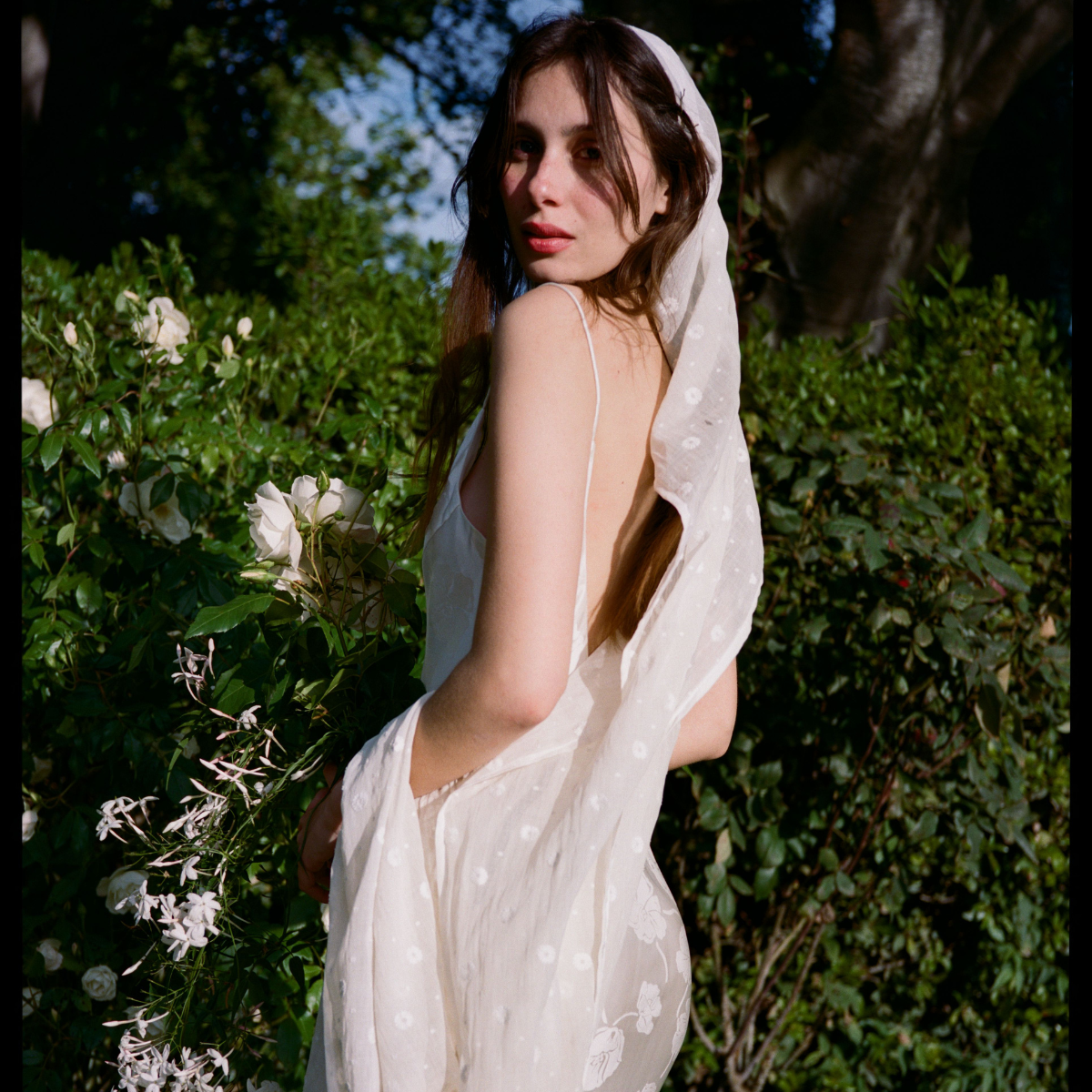 I'm a 2025 bride and these are the best affordable wedding dresses I've found
I'm a 2025 bride and these are the best affordable wedding dresses I've foundLess than £1,000 but still the height of chic
By Sofia Piza
-
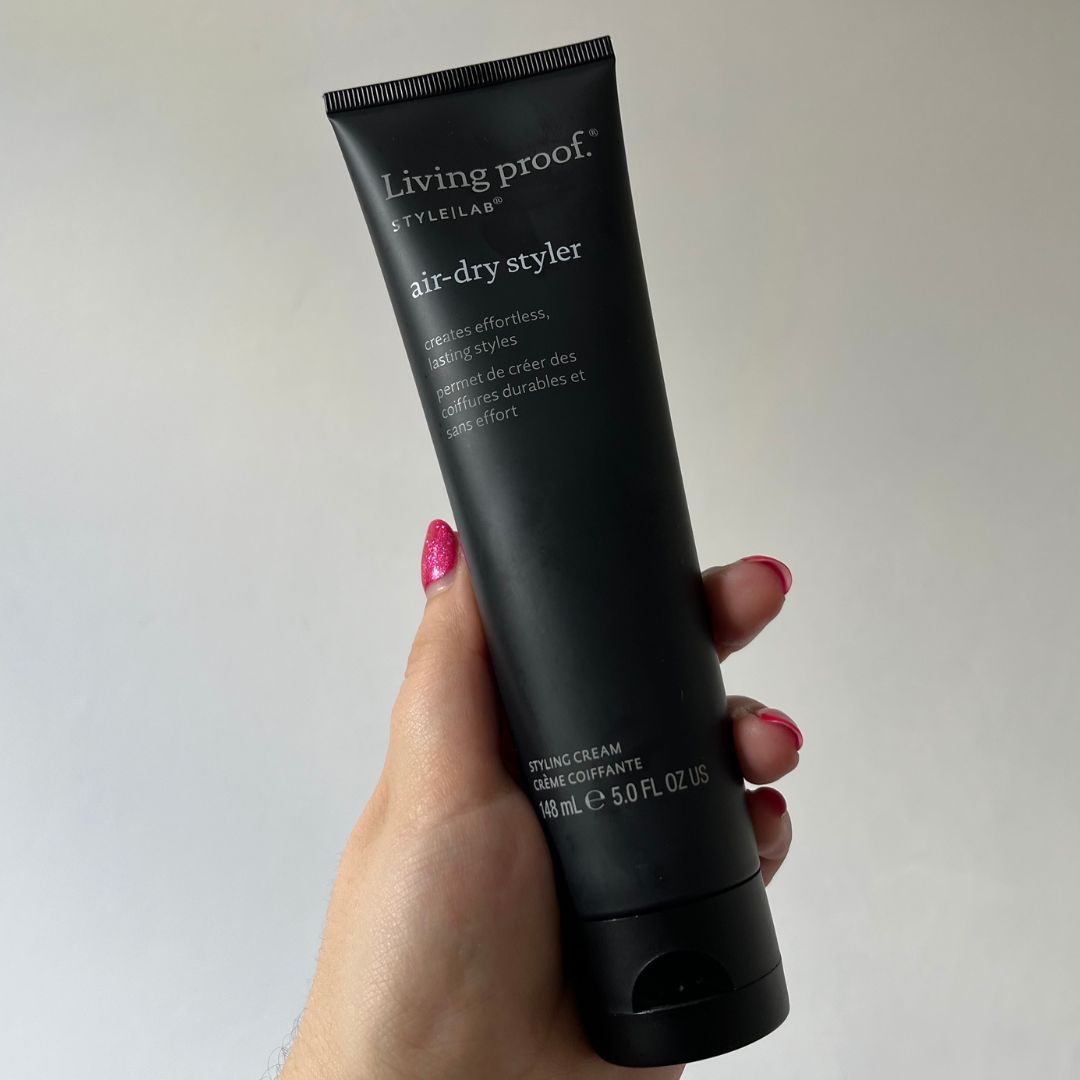 I haven't worn my hair completely natural for years, but this air-dry styling cream has made me love my waves again
I haven't worn my hair completely natural for years, but this air-dry styling cream has made me love my waves againI will never be without this
By Amelia Yeomans